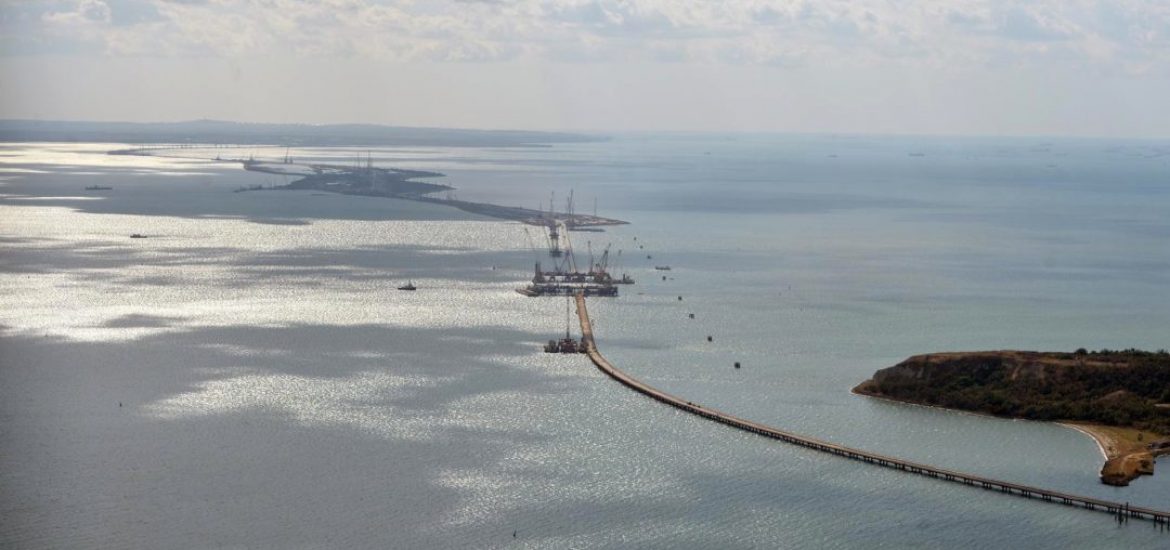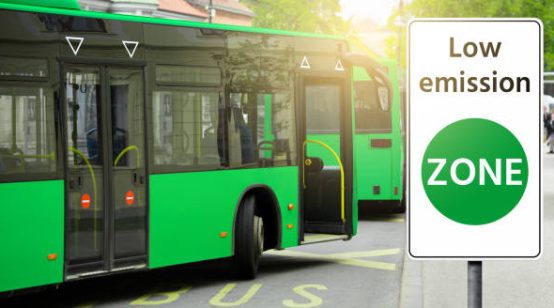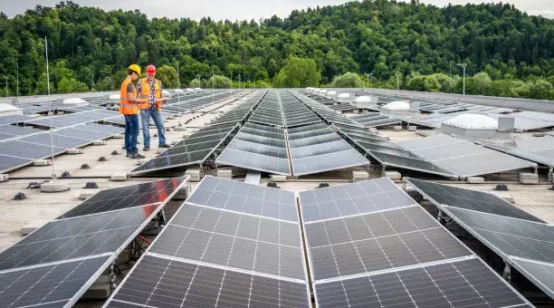
Stepan Kubiv, Ukraine’s energy minister, claims the 2014 Russian seizure of Crimea, has deprived Kiev of access to large gas deposits.
He said: “Ukraine has lost 80 per cent of oil and gas deposits in the Black Sea and a significant part of the port infrastructure due to the annexation of Crimea.” Meanwhile, the Sea of Azov remains restricted to Ukrainian shipping and 24 of its sailors and three naval vessels travelling from Odessa to Mariupol on the Azoz coast were seized last November by the Russian coastguard.
Ukraine’s State Border Service spokesman Oleh Slobodian said: “Vessels flying the Ukrainian flag, as a rule, practically do not pass through the Kerch Strait. As for foreign ships, now, under pressure from the international community, the Russian Federation lets them pass more freely, with fewer obstacles, to Ukrainian ports in the Sea of Azov.”
He said Russia this year had detained and inspected 67 foreign vessels sailing to Ukraine’s Azov ports.
Ukraine influence as a transit hub for Russian natural gas is rapidly eroding as the Nord Stream 2 pipeline bypasses its neighbour and is due to start delivering gas directly to Germany later this year.
The Baltic pipeline entirely could deprive the Kiev administration of US$3 billion in annual transit revenues or almost 3 per cent of GDP.
In 2006, Poland’s then defence minister Radoslaw Sikorski likened the first Nord Stream pipeline to the 1939 Nazi-Soviet Pact.
Poland worries Nord Stream 2 will undermine its plans for an LNG terminal and gas pipeline from Norway.
The northwest Black Sea holds estimated reserves of almost 500 billion cubic metres (bcm) of natural gas and 50 million tonnes of oil and condensate. The Prykerchenska area holds about 321 bcm of gas and 130 million tonnes of oil and condensate, while the continental slope has an estimated 770 bcm of gas and 232.6 million tonnes of oil and condensate.
There are nine blocks of gas available for licensing in Ukraine’s Black Sea territory.
Meanwhile, Russia produces an annual 635 bcm of gas.
The 1,200km, US$11.7 billion pipeline is due to be completed this year, following the route of the existing Nord Stream 1, doubling the annual capacity to 110 billion cubic metres. Germany says it will fill a gap left by the phasing out its nuclear power stations, and the projected fall in supply from Norway and the Netherlands, as their reserves are depleted.





